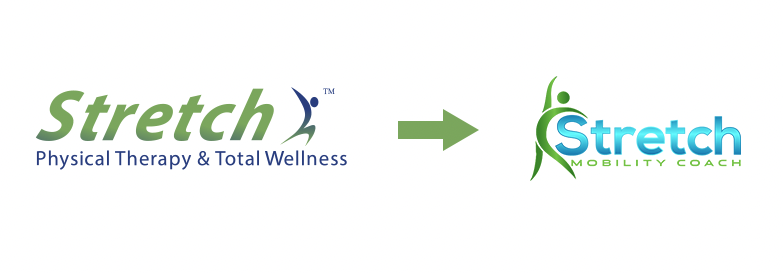If you are looking for lower back pain treatment in West Chester Township, this post may help.
Understanding common causes of low back pain can help you make better treatment choices. In most cases (>95% of the time), lower back pain can be successfully managed with conservative care like physical therapy.
Below is a list of three common causes of lower back pain.
Problem #1: Sacroiliac Dysfunction
Sacroiliac dysfunction (commonly called SI dysfunction), is common among pregnant women and patients that have sustained a fall onto their tailbone. It is one of the tougher conditions to diagnose because it is often undetected on x-rays or MRIs.
Sacroiliac dysfunction is a problem with one or both of the joints between the sacrum and ilia (a region of the hip bones).
When you think about SI dysfunction, you should think about a stack of blocks. The foundation of the stack of blocks (which is really your spine vertebrae), is called the sacrum.
But when the block at the bottom or foundation is out of line, the whole stack of blocks quickly has problems
Many people get injections, surgeries and medication for the L4, L5 vertebrae, when the hidden cause is actually the SI Joint (which can be found inside the pelvic bone).
Here are some indicators that you might have a sacroiliac joint dysfunction:
- Pain during sitting and driving
- Pain getting in and out of a car
- Pain rolling over in bed
- Common during childbirth when the body releases hormones to relax ligaments
- Pain that is very broad, and hard to pin to any one area…With pain often wrapping around the outside of the leg
Since abnormalities are common on x-rays and MRI, SI joint dysfunction can go unnoticed. However, a thorough evaluation that considers the entire kinetic chain, from the feet up through the spine, can help identify sacroiliac dysfunction.
Problem #2: Disc Issues
Disc pain is commonly felt in in the right or left-center of the lower back and often refers down the buttock into the thigh. It’s characterized by sharp pain and is often made worse with sitting and forward bending.
With a disc problems, you will typically be able to point to the exact area the you are experiencing pain and run your finger down your buttock and thigh to precisely describe the discomfort.
Sciatica, or pain and paresthesia (numbness, and tingling), when caused by a herniated disc, can pinch a nerve in the lower back and cause decreased blood flow to the involved nerve root and cause radiating pain down into the leg and even the ankle and foot.
A herniated disc can happen to just about anyone. It’s common in people in their 30’s, 40’s, and 50’s. As we age, herniated discs are less common; however, with the aging process, it’s not uncommon to develop this next condition called degenerative disc disease.
Problem #3: Spondylosis, Stenosis, and DDD
The reason that we discuss these 3 conditions at the same time is that they often present concurrently.
When one hits 50 years-old, almost everyone has some sort of age-related change on x-ray or MRI. Positive diagnostic tests at this age are commonplace. In fact, 95% of people over the age of 50 show at least one of these 3 things on an X-Ray.
But just because it is common doesn’t mean that it can’t be improved.
What happens is, as you age, your discs between vertebrae will start to shrink (which is why most people get slightly shorter as they age). It’s very easy to tell someone that is suffering from these conditions, because they will be leaning forward on their shopping cart (in an attempt to increase the space in between vertebrae), or will commonly be heard saying that they need to sit down for a minute (because their pain goes away when sitting down).
Someone with Spondylosis will feel a more general pain and tingling down the leg, will have the pain disappear when they sit down and will typically experience stiffness in the morning.
We Hope This Information Helps and Here’s Some Additional Research About Why You Should See a Physical Therapist First
There are numerous scientific studies that demonstrate the importance of seeing a physical therapist first for the treatment of lower back pain. Consider this one:
Early physical therapy following a new primary care consultation was associated with reduced risk of subsequent health care compared with delayed physical therapy. Further research is needed to clarify exactly which patients with LBP should be referred to physical therapy; however, if referral is to be made, delaying the initiation of physical therapy may increase risk for additional health care consumption and costs. Reference: https://www.ncbi.nlm.nih.gov/pubmed/22614792
Fact is, seeing a physical therapist first is not only safe (with little to no risks of side effects), in comparison to traditional medical care, it can save you a lot of money.
If you need help, have any questions, or would like to discuss your back pain, please don’t hesitate to give us a call.
If you are in severe pain, need immediate help, or have a referral from a physician, family member or friend, please click here to visit our contact page and we will get you scheduled as soon as possible.

